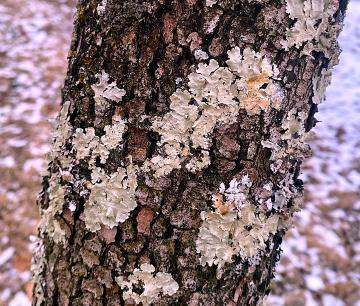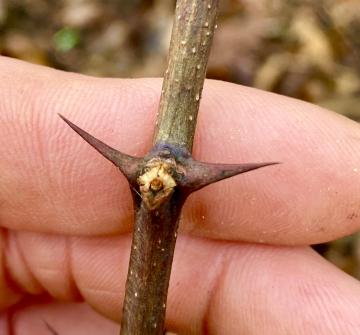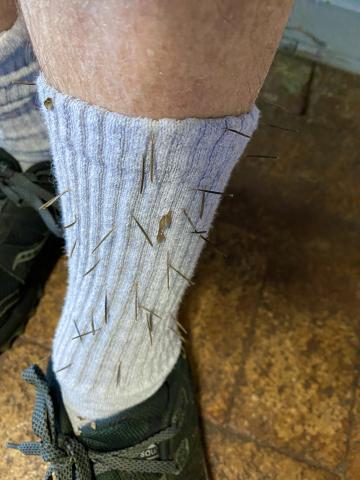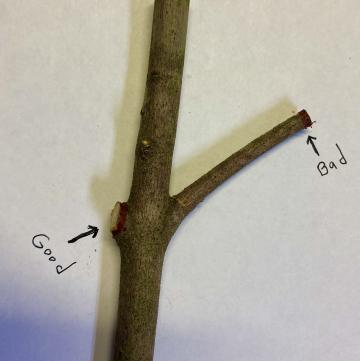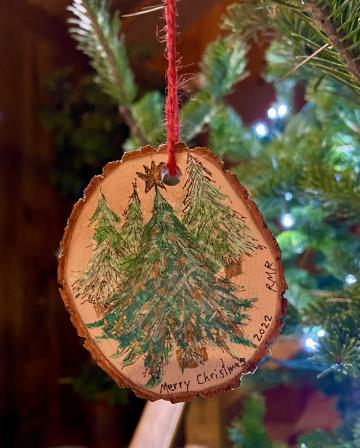Crazy Cold
By Steve Roark
Volunteer, Cumberland Gap National Historical Park
Our winter has delt us with some single digit temperatures recently, so perhaps you don’t really want to hear any more about cold. But stay with me on this one and perhaps you won’t be so down on our own winter weather.
- Read more about Crazy Cold
- Log in to post comments

